Last night I showed my mom how to paper piece (also called foundation piecing). She wanted to learn, and I had been saving up some of Linda Hibbert’s Wee Wild Animals, so I figured, what the heck.
Now, I think because paper piecing is quite a different way to quilt, that it can be confusing, and I know Mom wasn’t totally clued in to what I was doing. So I told her I’d take some photos, write out the directions, and put them here. Hopefully this will be helpful to more that just my mom! This is the method that works best for me; there are quite a few different methods out there; just find the one that works best for you.
A couple of notes: Linda Hibbert’s patterns are absolutely gorgeous, but definitely not for beginners! Some of the sections in the Wee Wild Fawn had more than 20 pieces in them. And they’re really tiny. So I’d suggest, if you’re new at paper piecing, to start with a star or other simple, symmetrical block. Also, make sure you set your stitch length very small — I have mine at 1.0. This will make it much, much easier to tear the foundation off later. Normal-sized stitches have a tendency to pull out when removing the paper. One drawback to tiny stitches is that, if you screw up, it will be oh-so-much-more difficult to frog stitch (you know, rip it! rip it!) and lay down a new piece.
And, finally, you can sign up over at Linda’s website for her monthly newsletter, and she’ll send you a link to a new paper piecing pattern each month. At the end of the year, you will have a fabulous set of blocks with which to make a beautiful quilt!
Here we go!
1. For this tutorial, I’m using section J of the Wee Fawn from Linda Hibbert. It has only a few pieces, and if you’re new to paper piecing, definitely start out with a pattern with only a few pieces in it!

2. Start by cutting a patch of fabric for piece 1 that is at least 1/4″ larger than the shape itself (don’t worry about making an accurate shape; it really doesn’t matter! Also, with paper piecing, more fabric is better than less — it’s easier to cut off extra, but not as easy to add more if you end up short). Put patch 1 face DOWN
under the foundation, centered under the outline of patch 1. Patch 1 is the only patch you will lay face down; all the other patches go face up. Pin patch 1 in place.

3. Fold the pattern back towards you on the line between patch 2 and patch 1. This is your first sew line.

4. Take your ruler and align with the folded edge of the foundation (paper). Cut 1/4″ off of patch 1.

5. Now you need to get your fabric for patch 2. As I said before, patches 2 through whatever number you need for the piece will all be face UP. This is very important! If you are worried that you’ll get confused and put a patch face down, don’t worry, I’ve done it so many times I can’t even count them. And if you quilt at 2:00 a.m., you might be more liable to put patches on the wrong side up. Ask me how I know…
Align patch 2 with the straight side you just cut from patch 1. Make sure that when you flip the pattern back down, patch 2 will cover the area in the pattern marked 2. Then sew on line 2. I usually sew an additional 1/4″ both before and after the beginning and end of the line. Flip it over and press. You should have something that looks like this. Note the selvedge — it doesn’t matter, because it won’t show and I’ll cut it off later.

6. Repeat steps 3 – 5 until you’ve sewn all the pieces to the foundation. Remember to press the patches after attaching each one. And don’t worry about trimming the sides until you’re completely finished with the section (or block, as the case may be). Only trim the edge for the next patch as you’re ready to place it. In the next picture, I’ve folded the foundation back on line 3, and trimmed the first two patches to 1/4″ of the folded edge.

7. With some patterns, the numbers won’t necessarily be aligned next to each other, 1-2-3-4-5. They may be more like 1-2-5-3-4. Just be sure to do them in order, even if the order seems “out of order.” It really isn’t, though it may take some time and several blocks under your belt before you stop worrying about this (don’t worry, be happy!). When you’re all done, you should have something that looks like this next picture. Well, hopefully yours won’t look quite like mine, because as you can see, I shorted myself on fabric for patch 4. Oops! But I fixed it by attaching another piece of green fabric to the bottom of the section later. Some fixes are easy. Other ones, not so much. You can also see that after I finished attaching all the patches, I trimmed the entire piece to 1/4″ from the foundation edge. This makes it easy to attach the pieces to each other later.

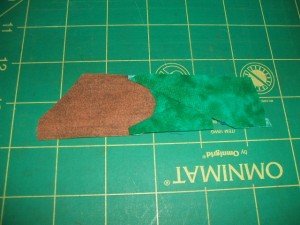
Finally, here is the finished Wee Fawn block! I love the way it came out. The great thing about paper piecing is being able to get all of those tiny details, as well as super-sharp points. New York Beauty blocks are the ideal paper piecing blocks. Now can anyone see the mistake I made in the finished block below?*

If you want to see some more paper piecing instructions and blocks, here are some links:
*I accidentally put a lighter brown fabric on the fawn’s back where a darker brown was called for. And didn’t notice until I had two whole sections sewn together. So I colored it in with a brown fabric marker, and I think it came out pretty well, don’t you?



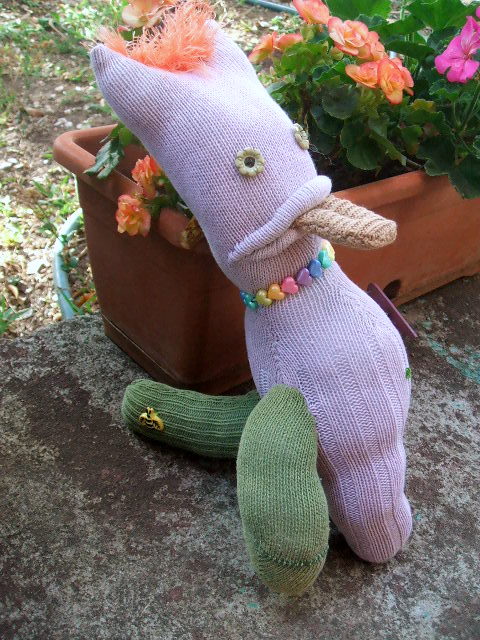
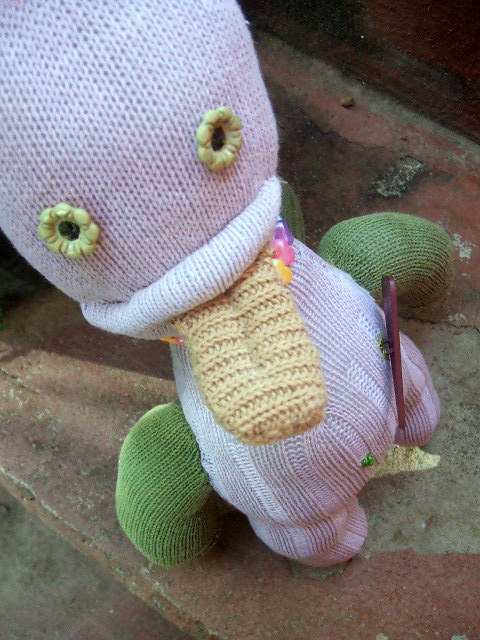
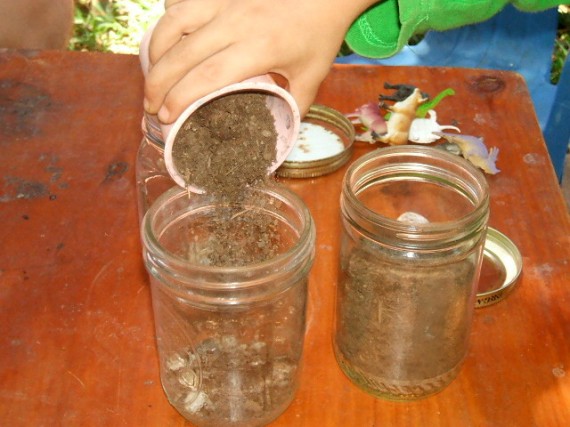
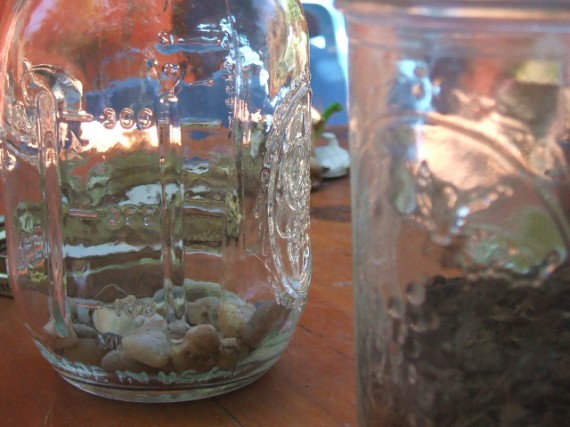
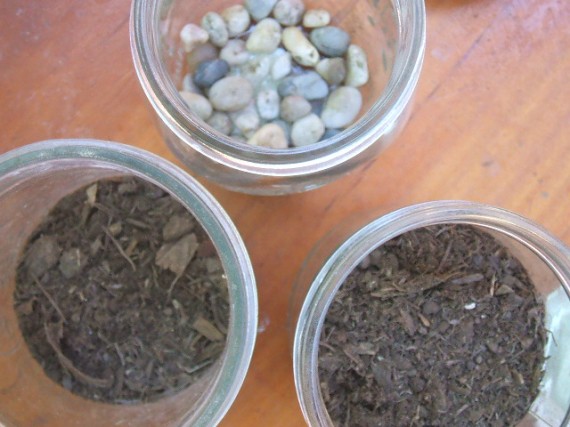
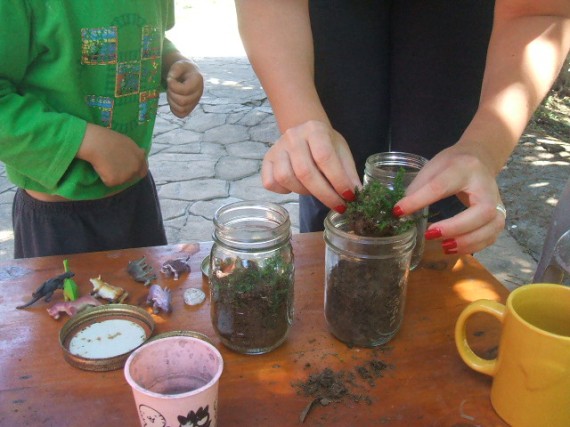
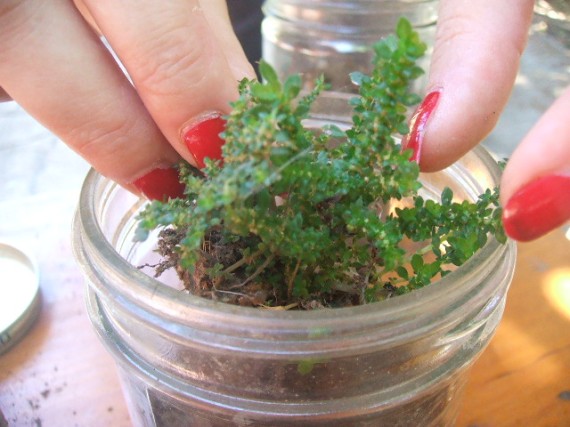

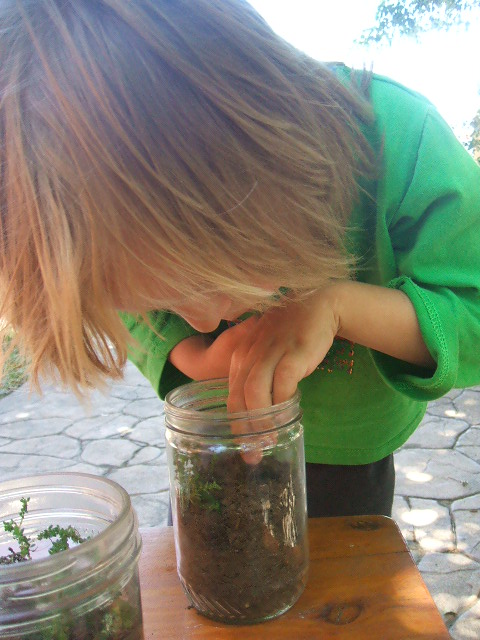
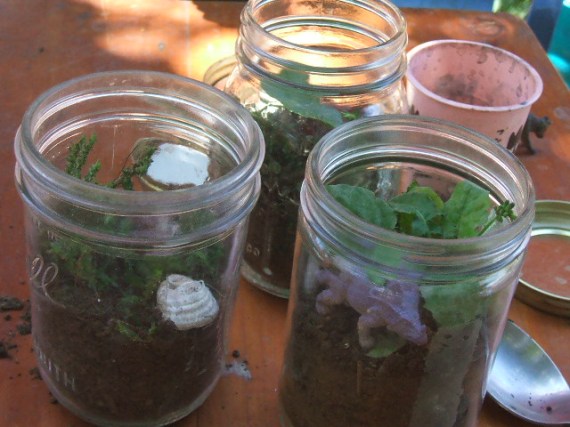



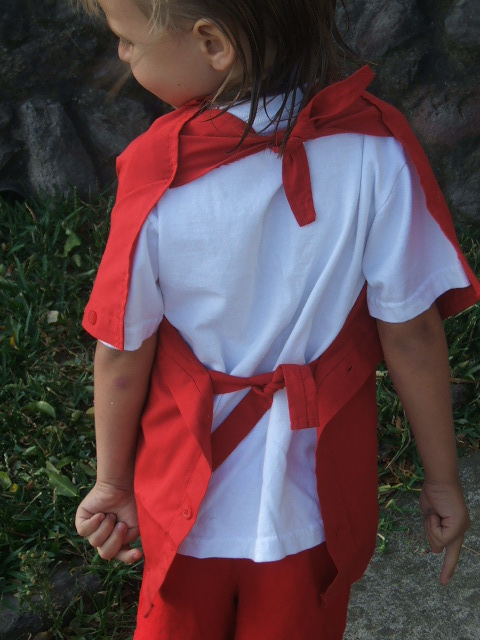
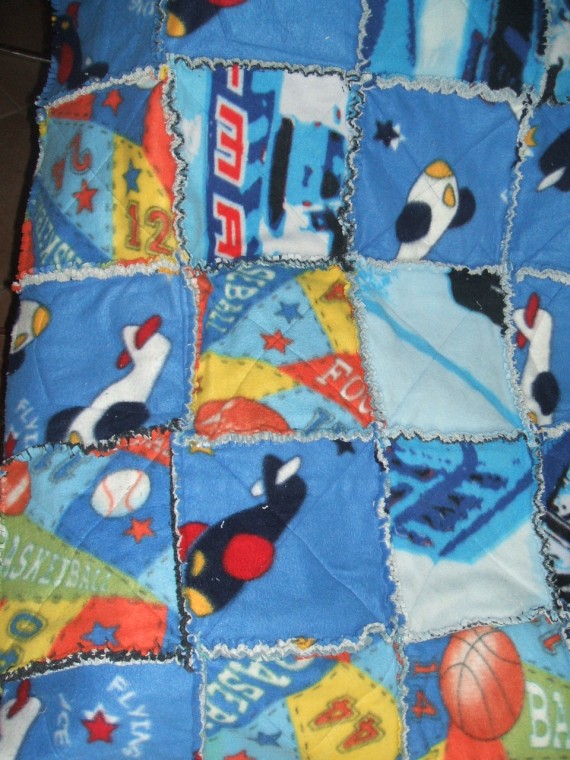


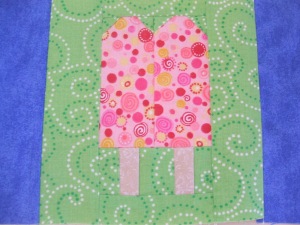

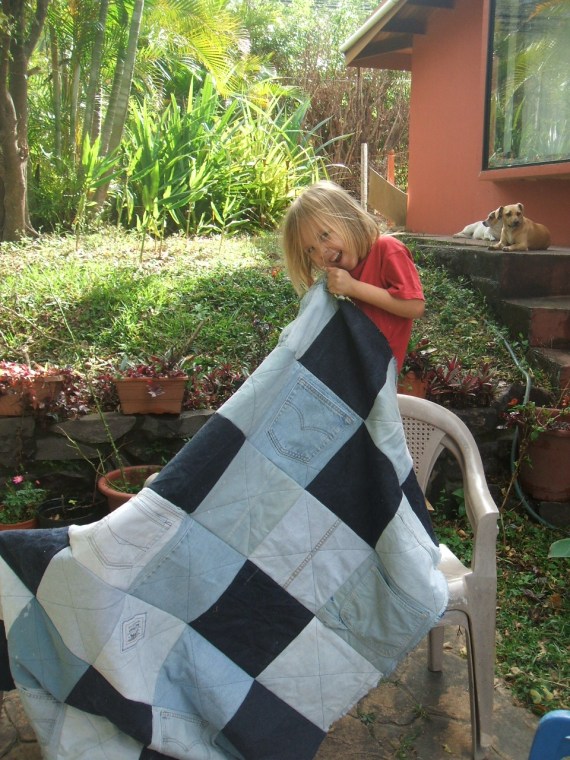
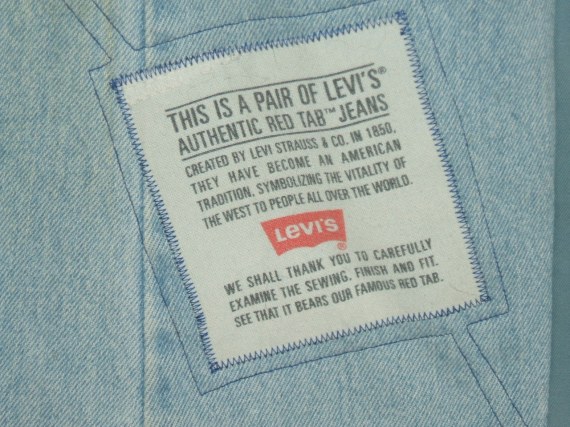
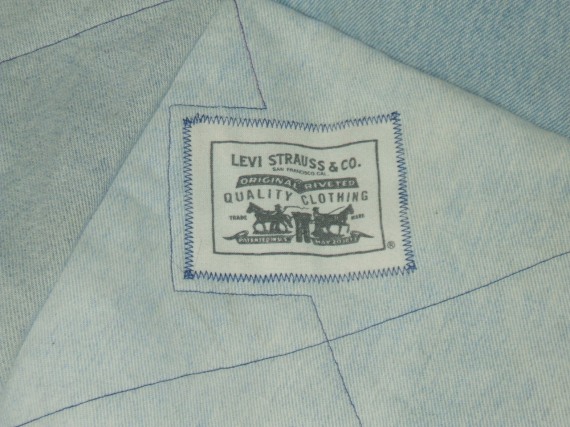

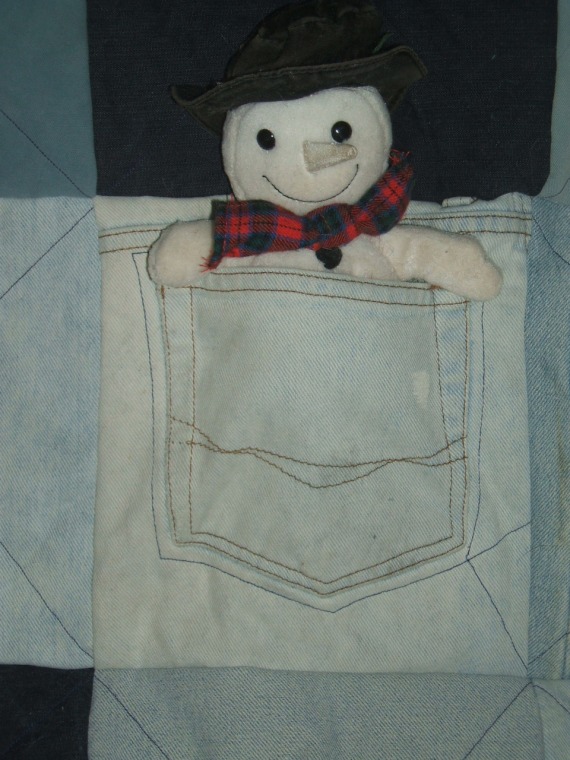














You must be logged in to post a comment.